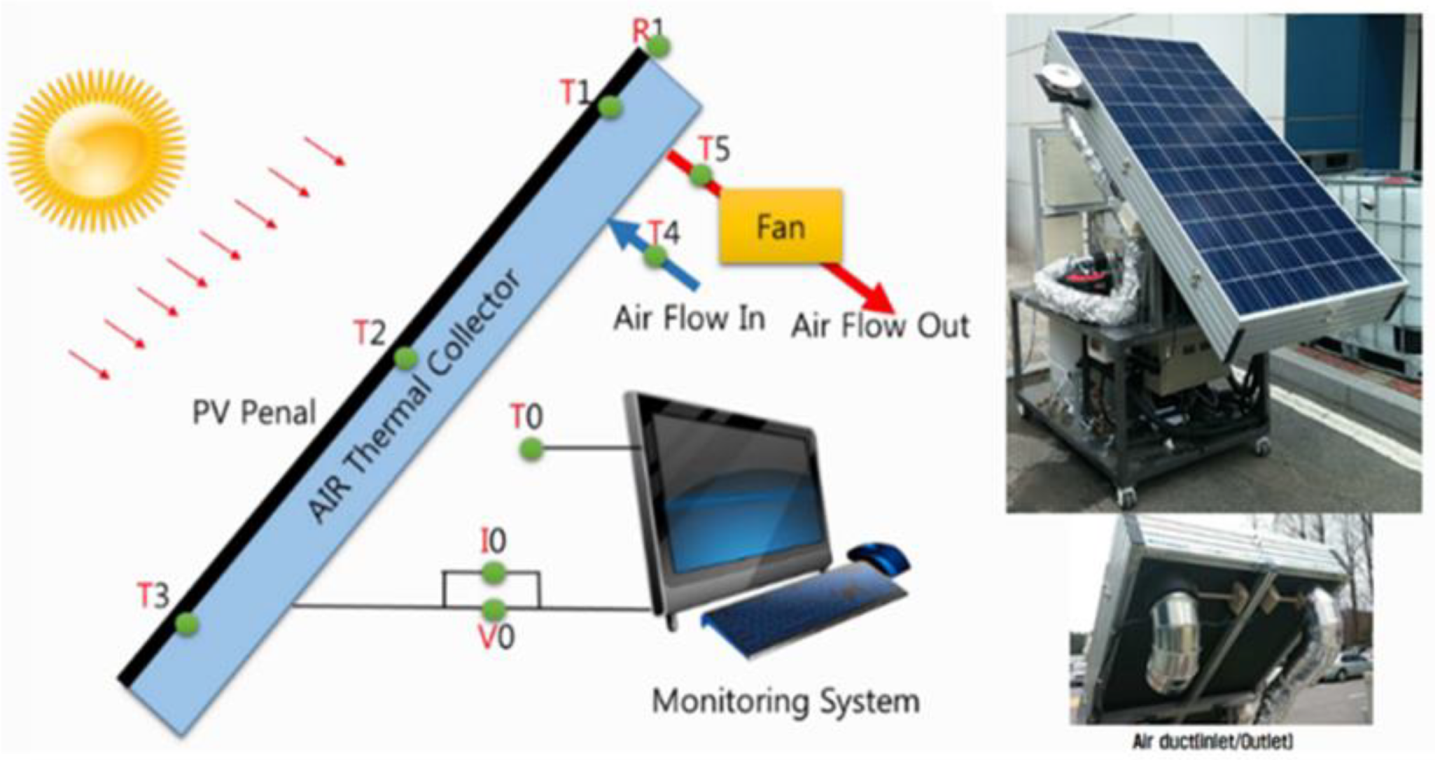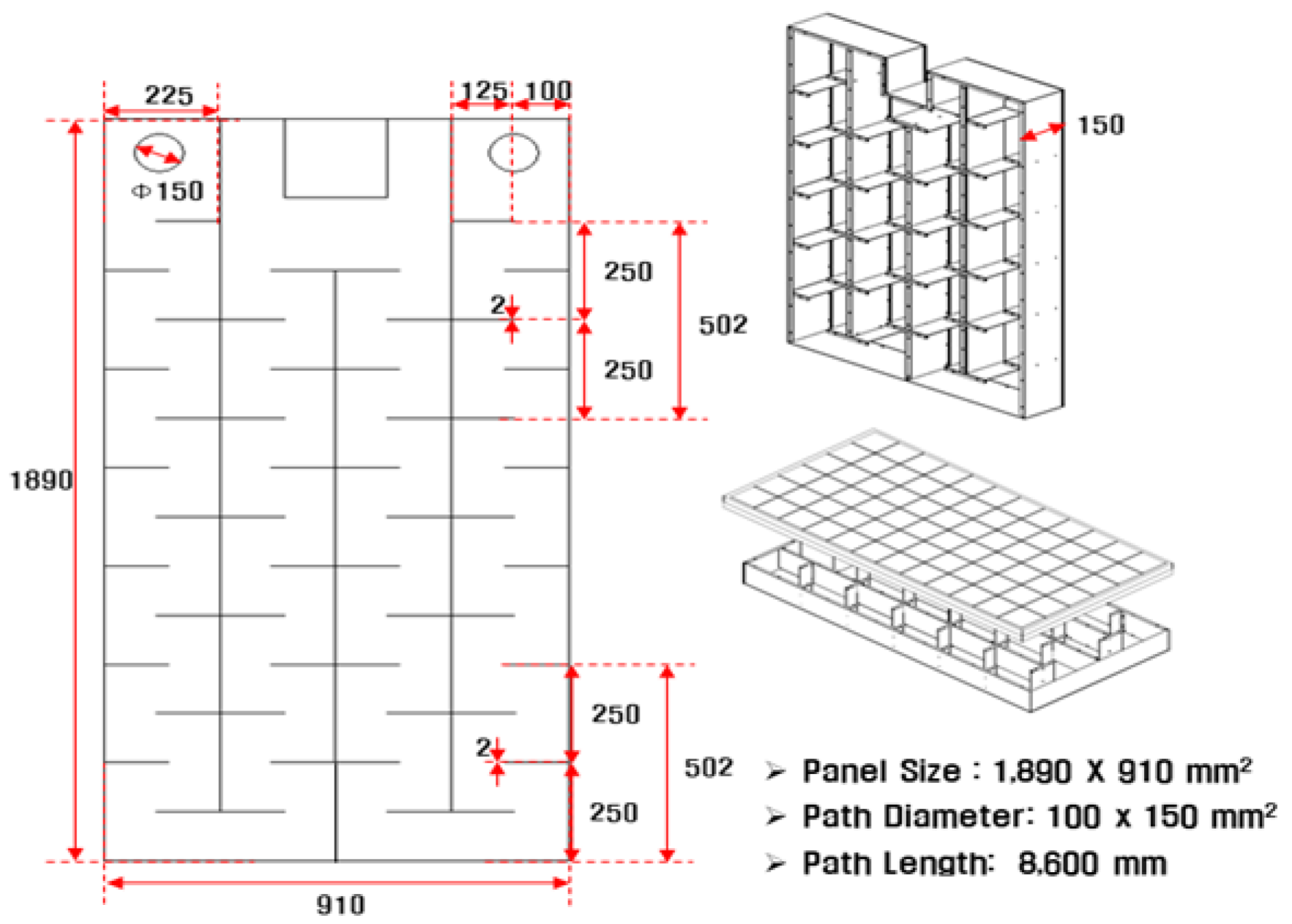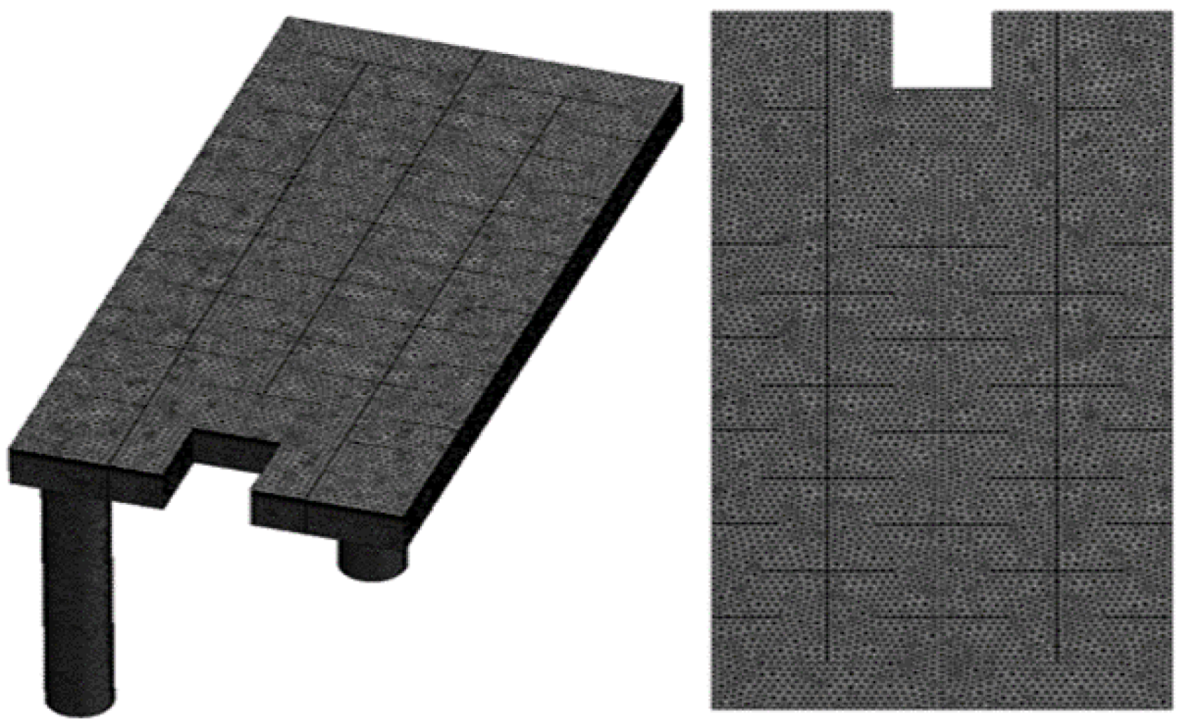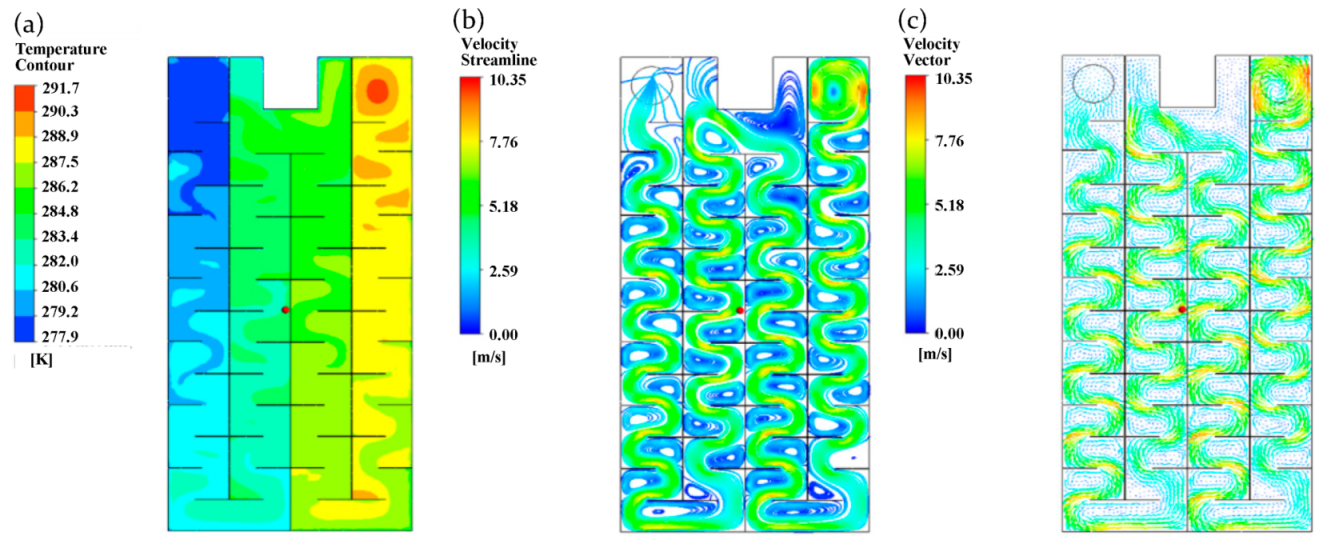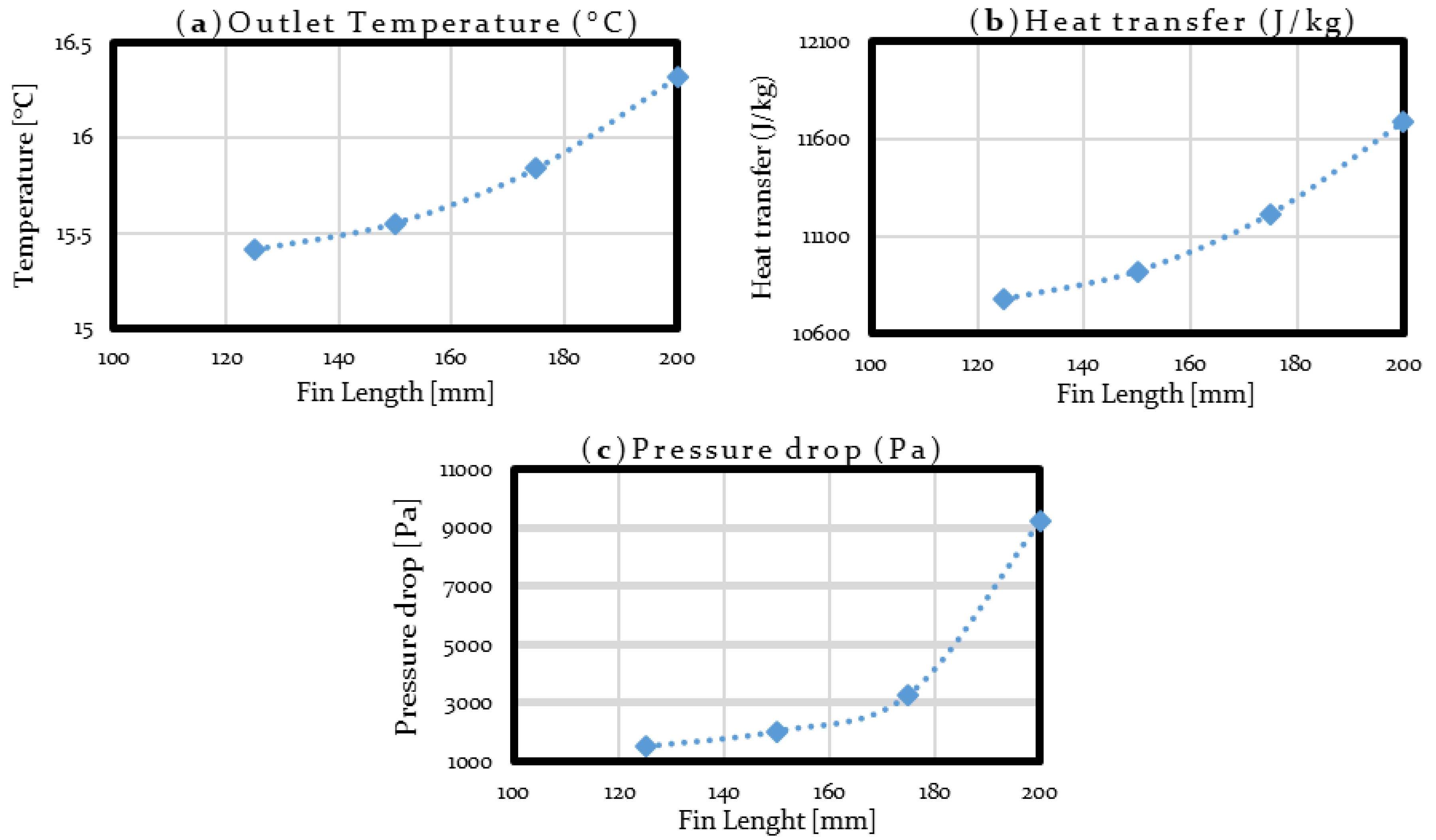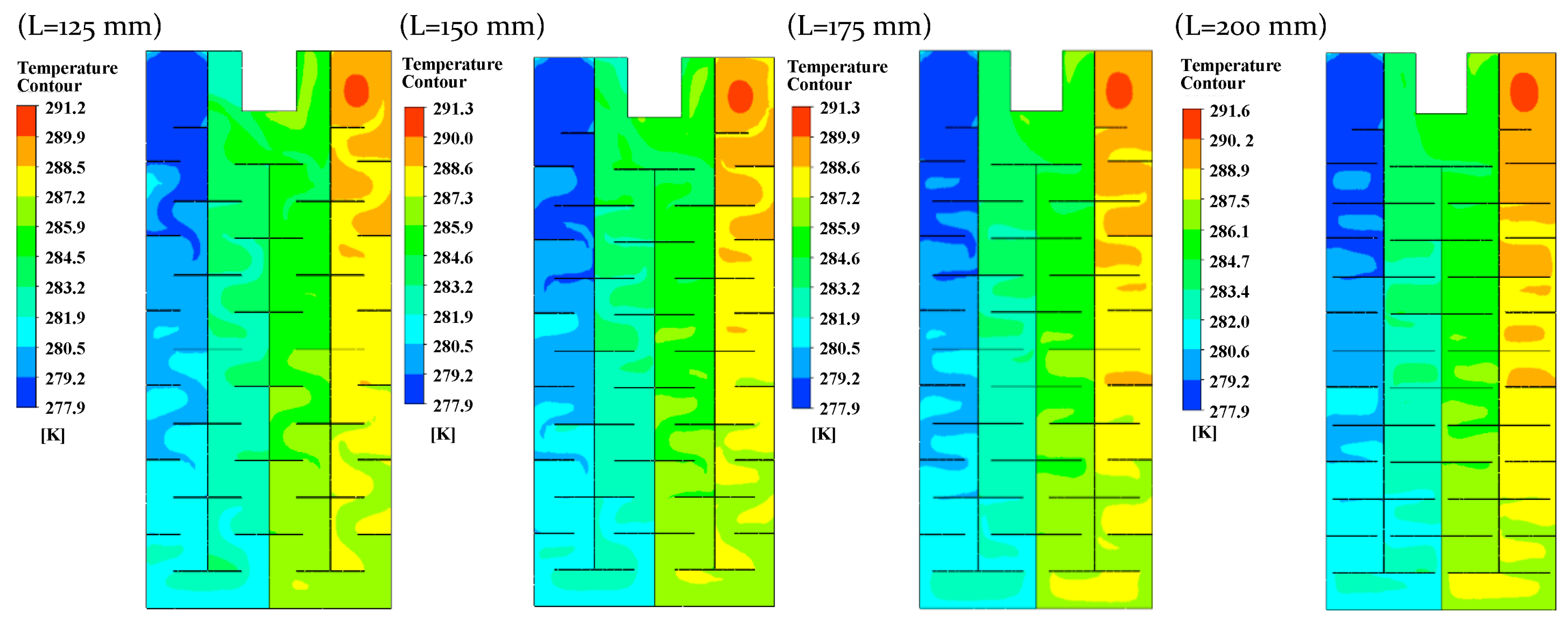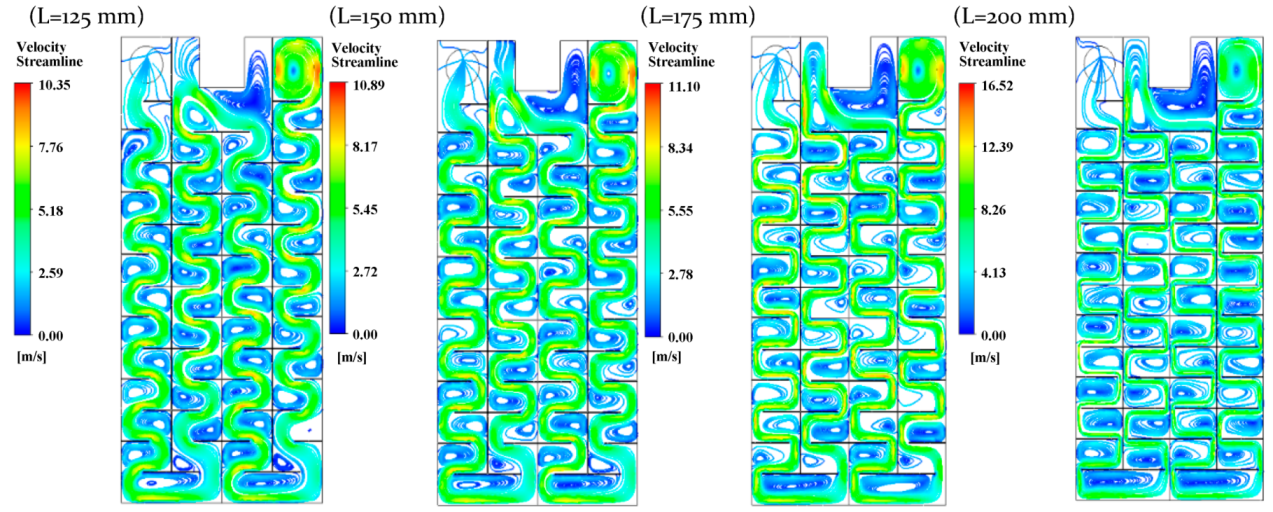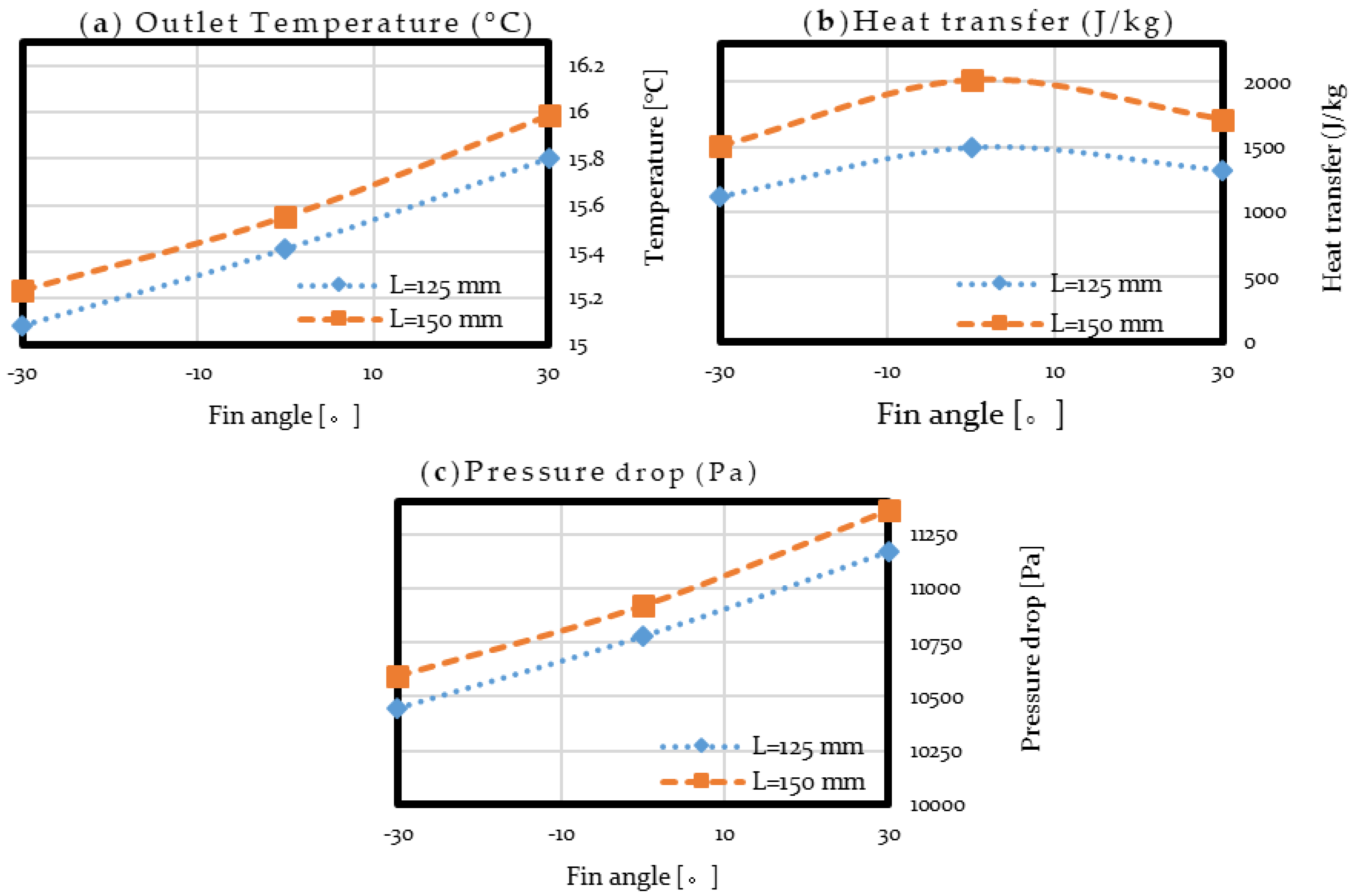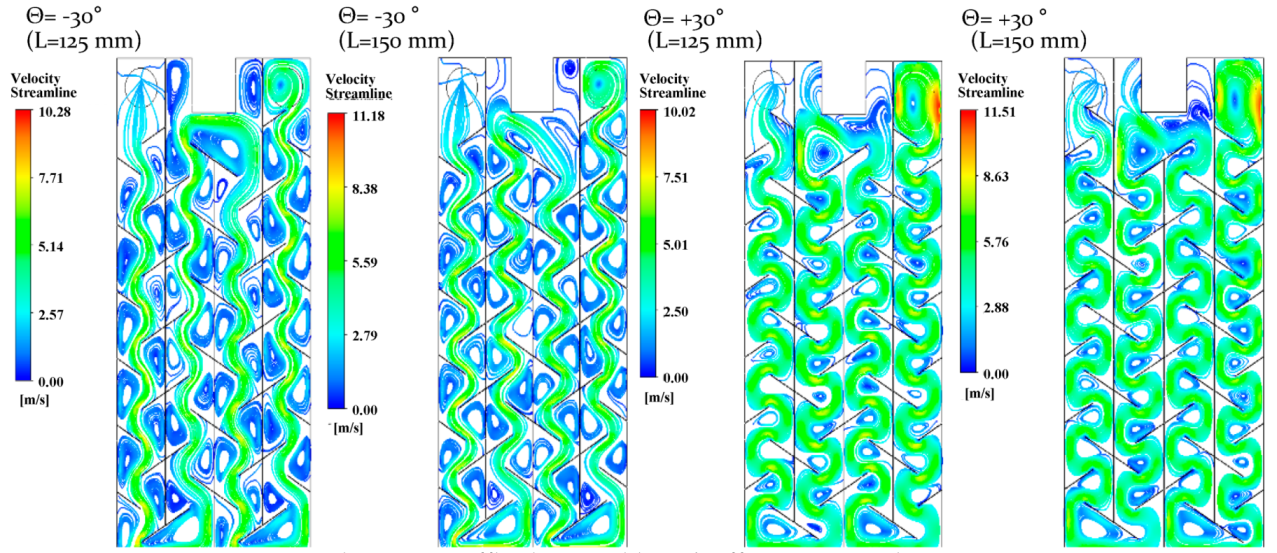1. Introduction
The Korean government’s energy policies RE3020 call for 20% penetration of renewable energy by 2030 and the introduction of zero net buildings energy policy for the public sector from 2020 and for the private sector from 2025. In order to reach these goals in Korea a variety of renewable technologies need to be introduced and employed. Photovoltaic-Thermal (PVT) is one of these technologies that generates electricity and heat simultaneously at the point of use. The generated electricity could be used on site or exported to the grid while the heat could be utilized for space and water heating. Air based PVT system has an advantage in comparison to the water PVT system due to its lower initial capital cost and avoidance of operational issues such as fluid leakage and freezing. There are many experimental and CFD simulation studies aimed to increase PVT thermal performance and efficiency in order to contribute to government policy or environmental issues.
In experimental study, Sandenes et al. [
1] compared the performance of conventional and polymer PVT absorber and analyzed PV cell cooling effect. Wei He et al. [
2] developed a natural convection model in PVT system and compared it to a conventional solar thermosiphon system. Akpinar and Koçyiğit [
3] conducted an experimental study on the effect of three different types of obstacles on the flat plate solar air heater performance and determined the best obstacle type for the solar heater. Tanda [
4] studied the performance of rib-roughened channels in terms of heat transfer and friction factor in a solar air heater. Three different rib configurations were considered. The experimental results demonstrated that all rib configurations are better than the smooth reference channel. Herrando et al. [
5] investigated PVT-heat pump system performance using typical UK dwelling electricity and hot water demand profile and compared to conventional heating system. Tina et al. [
6] tested a PV and PVT twin system test for investigation of PV cell temperature effect on electricity production. Gagliano et al. [
7] conducted a comparison study of PVT solar heating system experiment and TRNSYS simulation, and the study presented 12.04% and 5.29% error for thermal and electrical energy respectively.
In numerical study, Florschuetz et al. [
8] performed a theoretical analysis using modified hottel whillier model. Wang et al. [
9] studied the performance of a new flat plate solar collector with corrugated upward and flat downward surfaces. They obtained optimum values for important design parameters such as tilt angle, mass flow rate and air gap. In another study, Jin et al. [
10,
11] investigated the effect of v-shaped ribs on the flow characteristic and heat transfer of a solar air heater. They studied the effect of different ribs geometry, rib pitch and relative rib height as well the angle of attack with different Reynolds numbers. They also suggested a configuration for optimal solar air heater thermal performance. Kheifa et al. [
12] studied rectangular duct type CFD modeling concerned absorber to fluid heat transfer and PVT performance using a three-dimensional simulation. They investigated the effect of rib height, pitch, and attack angle for different Reynolds numbers. The simulation results indicated that the staggered multiple V-shaped ribs provide maximum enhancement for average Nusselt number.
Numerical model performance would indicate impractical result. The numerical study needs experiment validation to make the research result more reliable. In numerical study and experiment validation, Manjunath et al. [
13] investigated the effect of spherical turbulence generator on the efficiency of a solar air heater. They conducted simulations with various Reynolds numbers, sphere diameters and relative roughness pitch. Their results indicated that the thermal efficiency increases exponentially with an increase of sphere diameter and a decrease of relative roughness pitch. Guar et al. [
14] investigated comparison of conventional working fluid and Phase Changing Material working fluid type PVT numerical model and the experiment result that PV electric efficiency indicated 15.4% and 16.3% in summer and 16.9% and 16.5% in winter respectively. Ayadi et al. [
15,
16] studied the solar collector turbulent CFD model for solar chimney power plant and validated it with experiment.
The present study focuses on investigating heat transfer coefficient and increasing the efficiency of solar collector with a design of PVT focusing on increasing thermal efficiency even though pressure drop increases Fan and pump power consumption changes relating to collector pressure drop proportionally. In this paper, to increase thermal performance of PVT with low-pressure drop, a numerical baseline PVT model validation study was conducted based on Separate Effect Test (SET) data. The validation is important to prevent imprudent mesh and boundary model design and to increase reliability of baffle sensitivity study. The numerical study was conducted considering the sensitivity of baffle lengths and baffle slope on outlet temperature, total heat transfer and pressure drop inside the PVT air module, and optimum baffle lengths and slope design were suggested.
4. Discussion
The modelling and test results showed that the power consumption has a significant impact on the overall PVT system performance and should be considered in Heating and Ventilating and Air-Conditioning (HVAC) system design [
25]. Even though solar air collector has high thermal performance, high fan power consumption would reduce energy saving in the overall system. However, fan power consumption is indirectly valued so ISO 9806 suggested to measure the pressure drop that is related to fan power consumption [
17]. Bovand et al. [
26] investigated numerical simulation of heat transfer enhancement and pressure drop penalty in porous solar heater with porous material. Balaji et al. [
27] investigated heat transfer and pumping power of forced circulation flat plate solar collector with rod and heat transfer enhancer that presented maximum pumping power of 1.44 and 1.26 respectively higher than plane tube.
As seen from the results in
Section 3.3 and
Section 3.4, baffle length and slope influence heat transfer and pressure drop. For optimal air channel design, heat transfer and pressure drop need to be considered at the same time. As shown in
Table 7, the pressure drop and inlet to outlet temperature difference ratio increase exponentially with the baffle length growth from 125 to 200 mm. The pressure drop and temperature difference ratio rapidly increase from 150 to 175 mm, which indicates baffle length should be kept under 150 mm.
Table 8 presents the ratio change depending on baffle length and slope. Base slope 0° presented highest ratio and slope −30° presented lowest ratio but not much lower than +30°.
